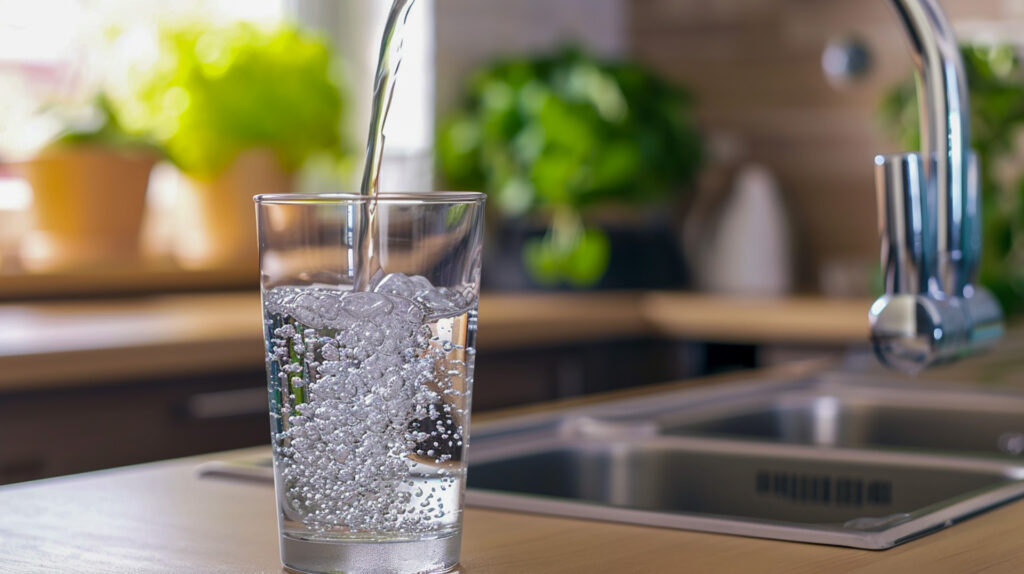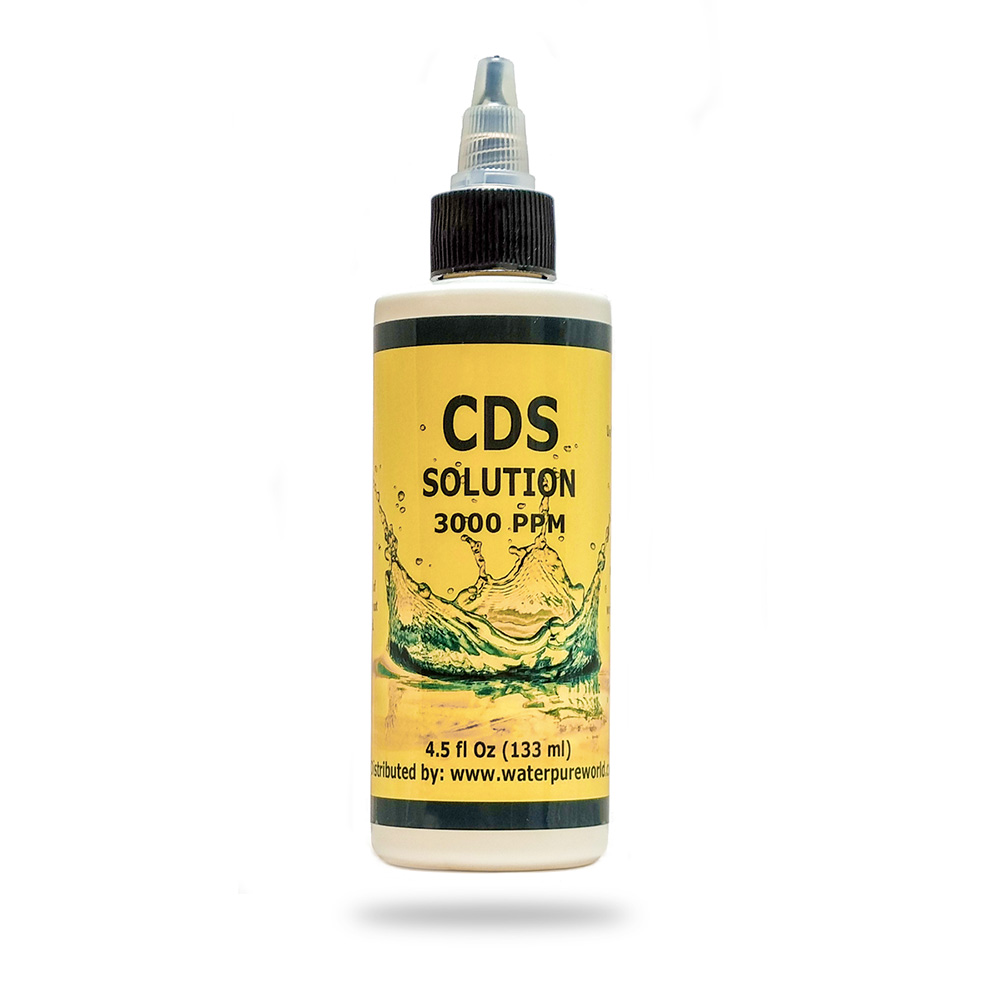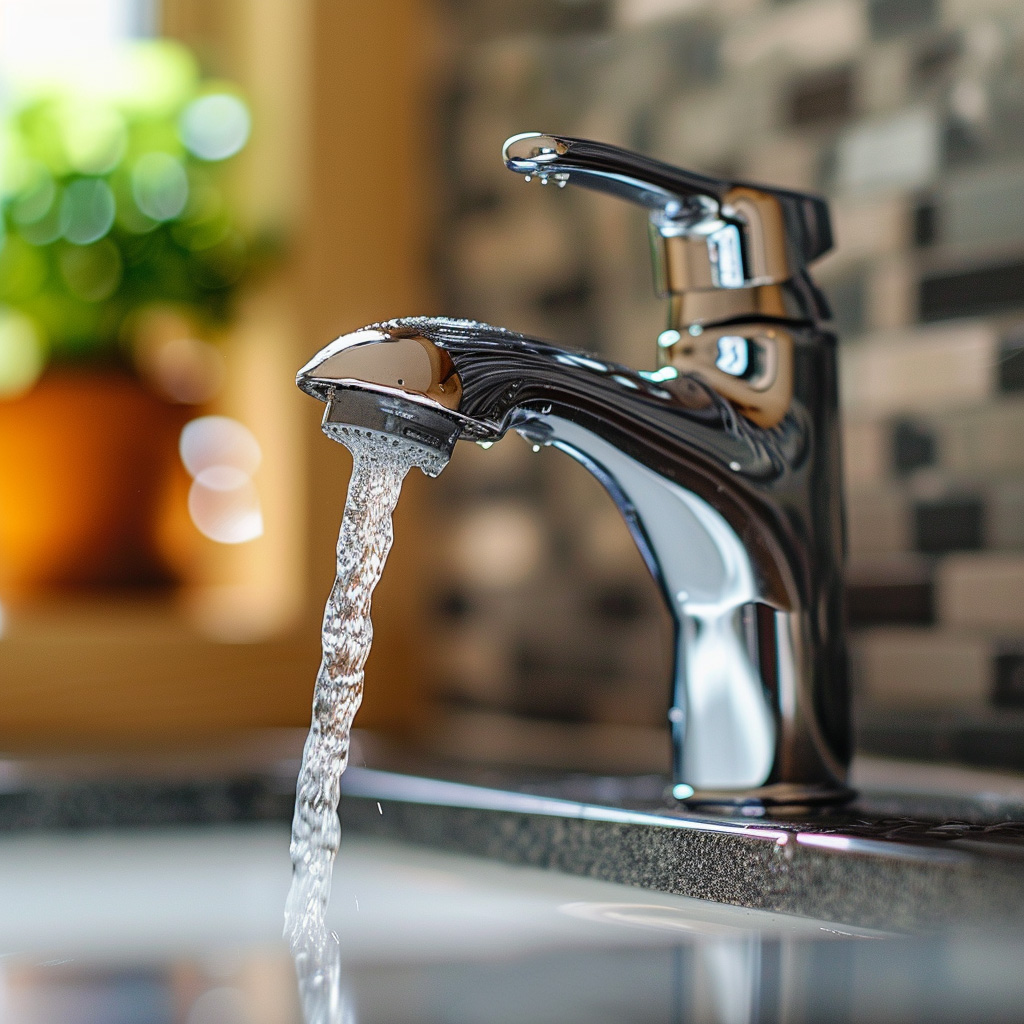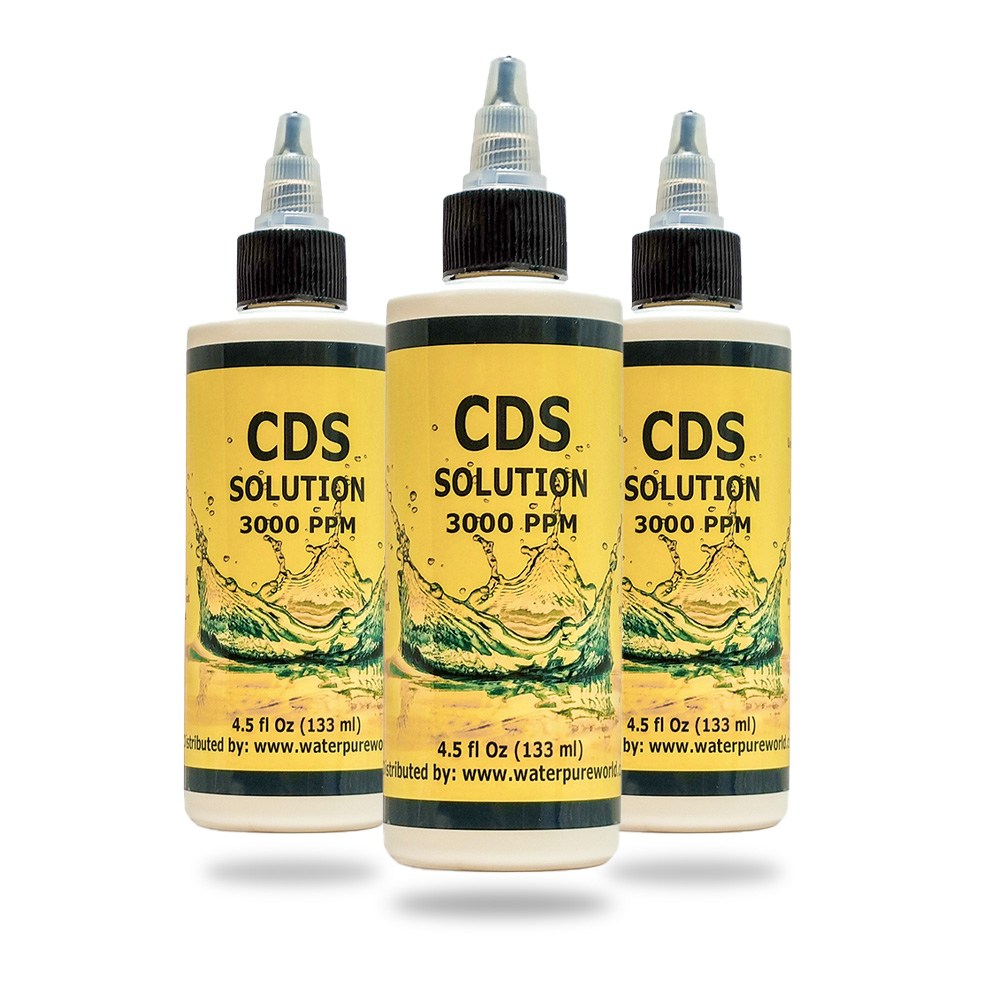
How to Purify Well Water Using Chlorine Dioxide
Chlorine dioxide is a powerful disinfectant commonly used to treat water due to its effectiveness against a wide range of pathogens and its minimal reactivity with organic matter.
This guide will walk you through the process of using chlorine dioxide as a disinfectant to purify your well water and answer some frequently asked questions.
Why Use Chlorine Dioxide for Well Water?
Chlorine Dioxide Solution (ClO₂) is highly effective at killing bacteria, viruses, and other microbes in water, preventing the spread of waterborne diseases. It is preferred for its ability to remain effective across various pH levels and its minimal formation of harmful byproducts compared to traditional chlorine treatments
How to Purify Well Water Using Chlorine Dioxide
Introduction
Ensuring the purity of well water is essential for safe drinking and overall health. This guide will walk you through the process of using wide available chlorine dioxide products to purify your well water and answer some frequently asked questions.
Step-by-Step Guide to Purify Well Water with Chlorine Dioxide
Preparation:
- Materials Needed:
Chlorine dioxide solution or tablets, safety gear (gloves, goggles), and a well-ventilated workspace. - Safety Precautions:
Chlorine dioxide is a strong oxidant and can be harmful. Use protective gear and follow safety instructions carefully
Wear gloves and safety glasses.
Work in a well-ventilated area or use a mask.
Read Chlorine Dioxide Safety Guidelines - Gather Materials:
Chlorine dioxide solution or WPS purification kit,
Clean, food-grade container for mixing.
Measuring cup or scale.
Rubber gloves, safety goggles, timer, and stirring rod. - Calculate Dosage:
Determine the amount based on well volume and contamination level.
Follow manufacturer’s instructions for accurate dosing. - Prepare the Solution:
Pour the solution into a clean container.
For WPS kits, keep WPS and Citric Acid separate until ready to mix. - Mix and Activate:
Mix the components in a clean container. If you using CDS, 1mL of CDS per gallon of water is recommended.
If using WPS, allow to activate for 30 seconds, noting the color change as an indicator. - Add to Well:
Slowly pour the solution into the well.
Let it sit for 30 minutes to 2 hours. - Flush the System:
Run water from all faucets to flush out chlorine dioxide.
Ensure thorough flushing. - Test the Water:
Use home test kits or send a sample to a lab for accurate testing. - Monitor and Repeat:
Regularly test well water.
Repeat the process as needed to maintain water quality. - Maintain Records:
Keep detailed records of treatments and test results.
Conclusion
Maintaining clean well water is crucial for health and safety. Using chlorine dioxide for water purification is an effective method to ensure your water is free from harmful pathogens. Regular testing and proper maintenance will help keep your well water safe.

Buy Pure Chlirine Dioxide (CDS Solution)
This 3000 PPM solution is known for its effectiveness as a disinfectant, capable of eliminating bacteria, fungi, viruses, and small parasites across a wide pH range.
CDS Pure Chlorine Dioxide SolutionFAQ’s about using chlorine dioxide for well water purification:
-
Is chlorine dioxide safe to use for drinking water?
Yes, when used correctly and at the recommended dosage, chlorine dioxide is safe for drinking water disinfection. It is approved by the EPA and other regulatory agencies for this purpose. The byproducts of ClO2 disinfection are minimal and far less concerning than those of chlorine.
-
How often should I purify my well water with chlorine dioxide?
The frequency of treatment depends on various factors like water usage, contamination levels, and the type of ClO2 solution you choose. Some systems require continuous dosing, while others may be used intermittently. Regular water testing is essential to determine the appropriate treatment schedule.
-
Can chlorine dioxide remove other contaminants like heavy metals
While chlorine dioxide is primarily a disinfectant, it can also oxidize and remove some iron and manganese from well water. However, it is not effective at removing heavy metals like lead or arsenic. If your well water contains these contaminants, you’ll need additional treatment methods like filtration or reverse osmosis.
-
Are there any risks or disadvantages to using ClO2?
Chlorine dioxide is a strong oxidizer and should be handled with care. Always follow safety guidelines and manufacturer instructions when using ClO2 solutions. At very high concentrations, it may cause slight changes in taste or odor, but this is usually not an issue at the levels used for disinfection.
-
Can I use chlorine dioxide if I have a septic system?
Yes, chlorine dioxide is safe for septic systems at the concentrations used for well water disinfection. It will not harm the beneficial bacteria in your septic tank.


